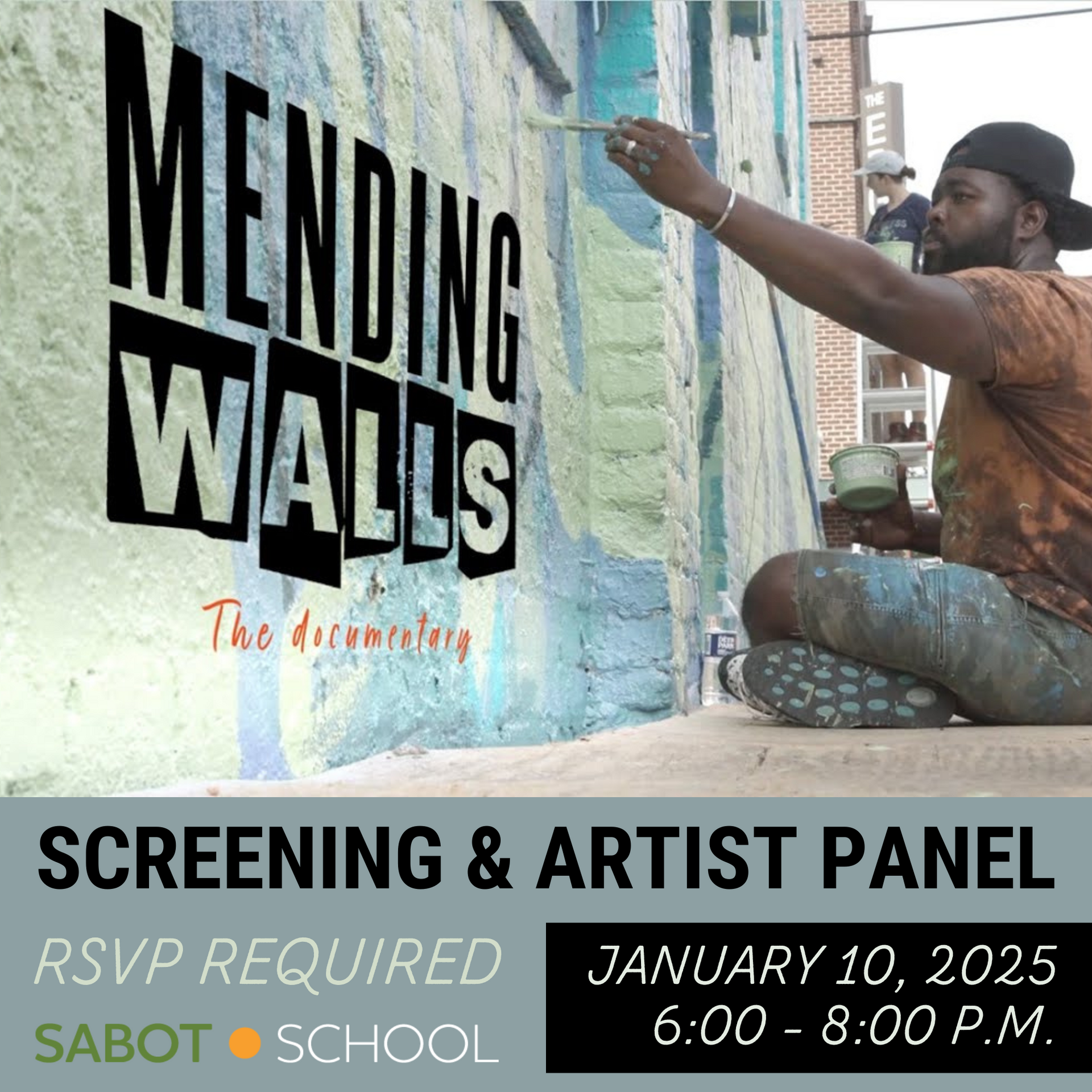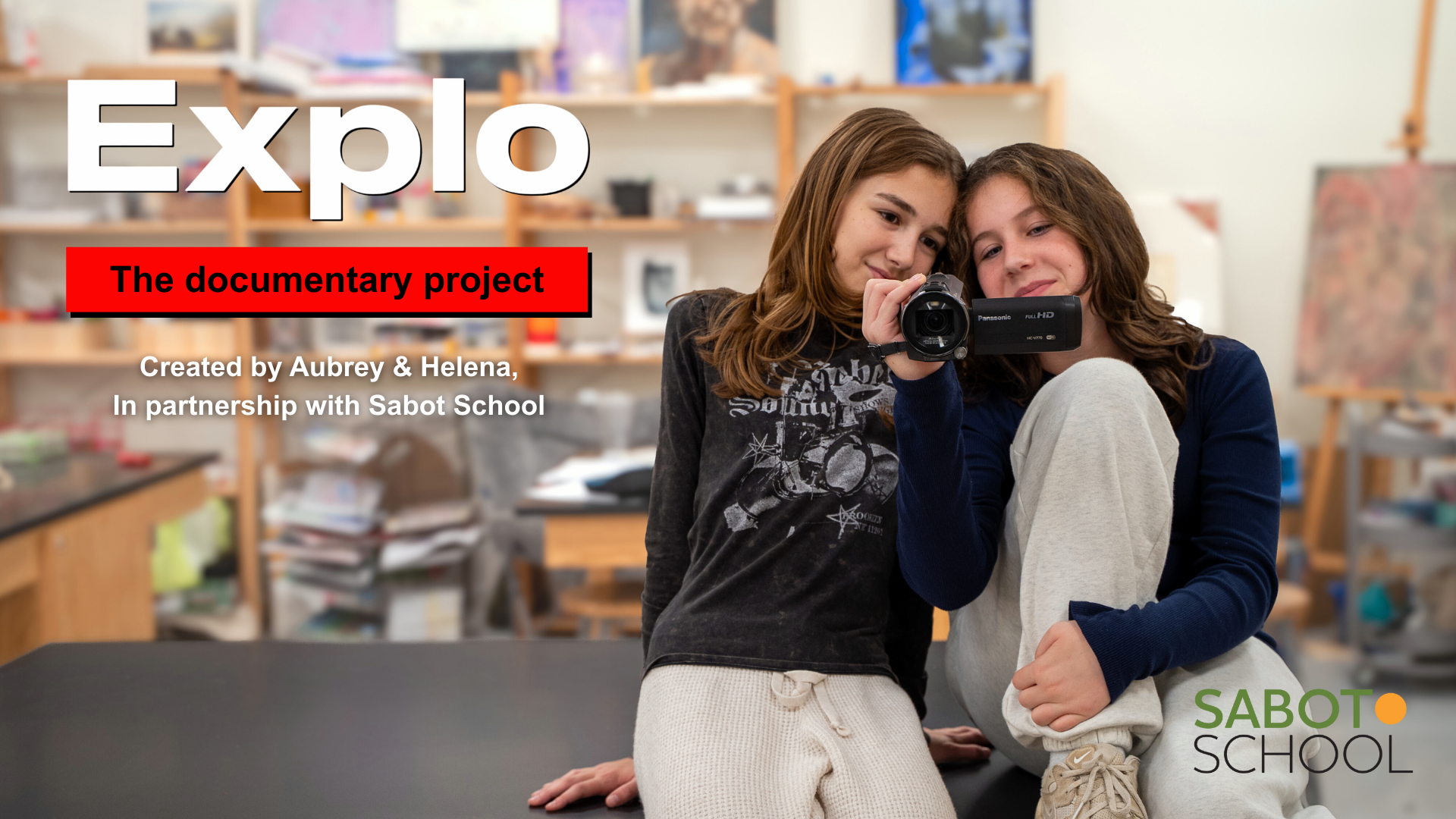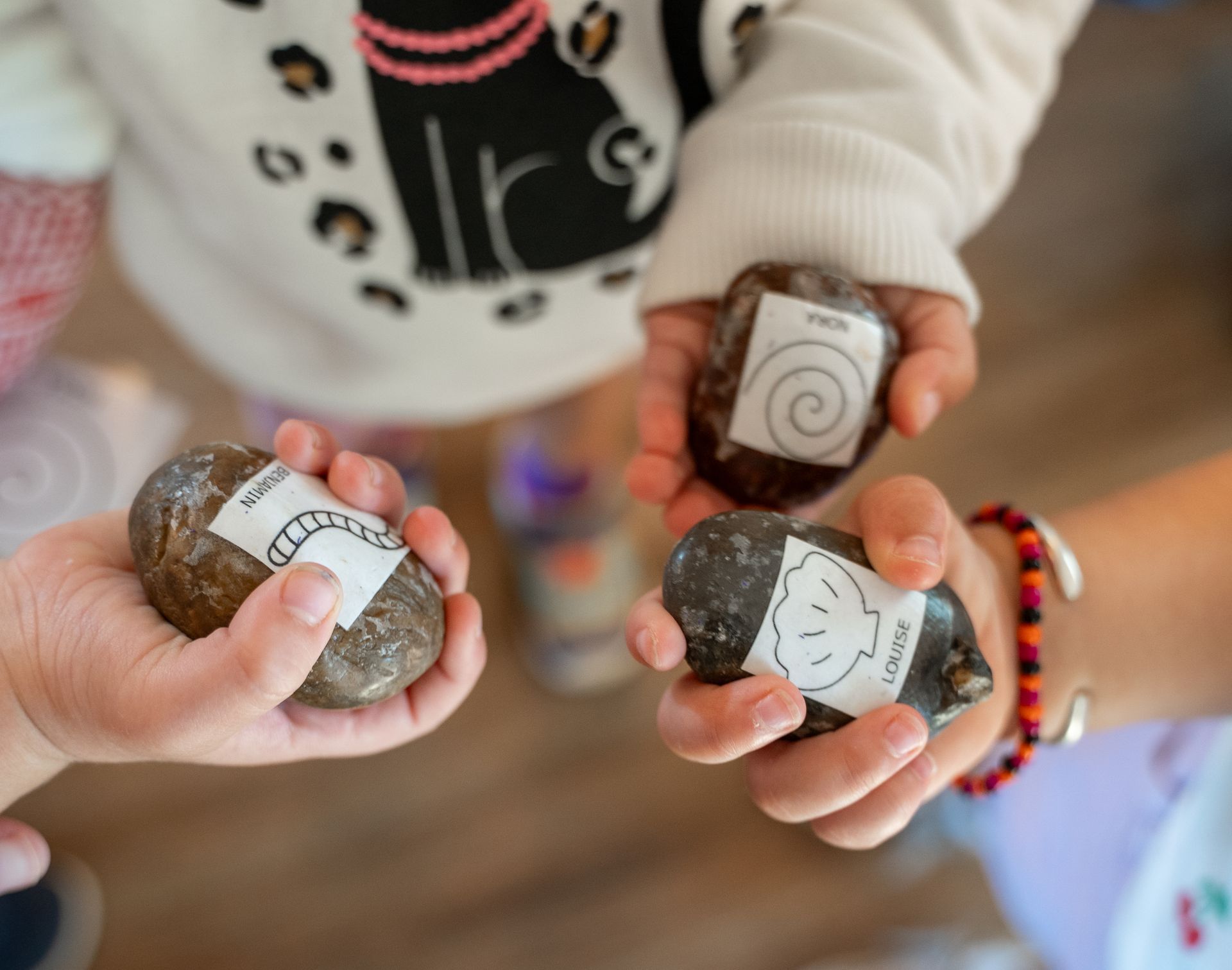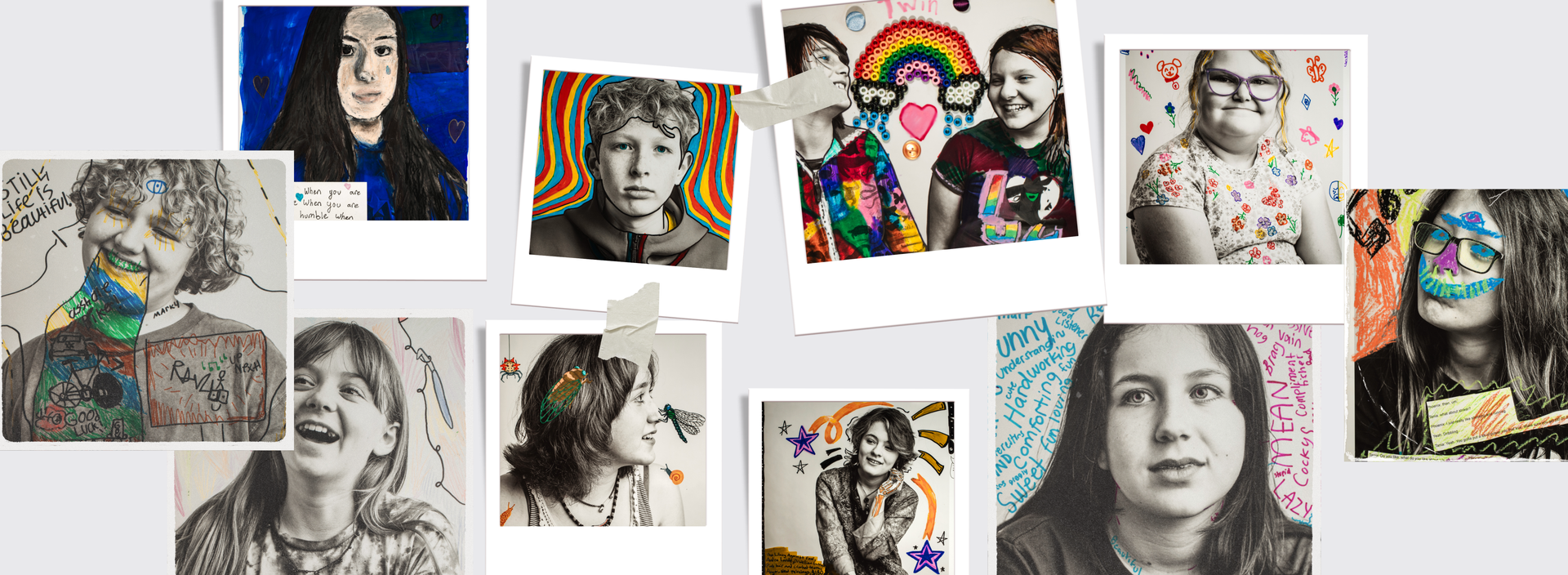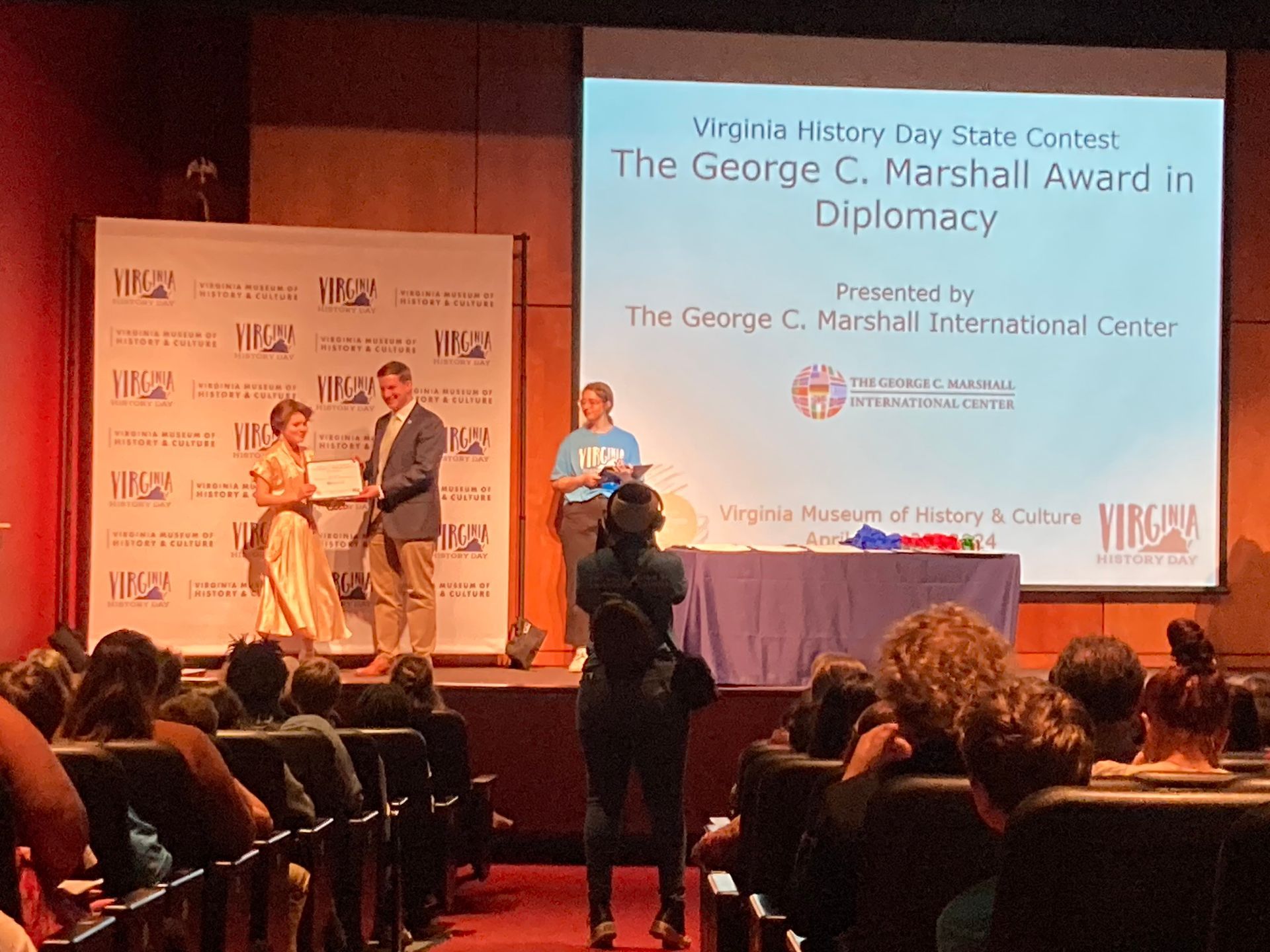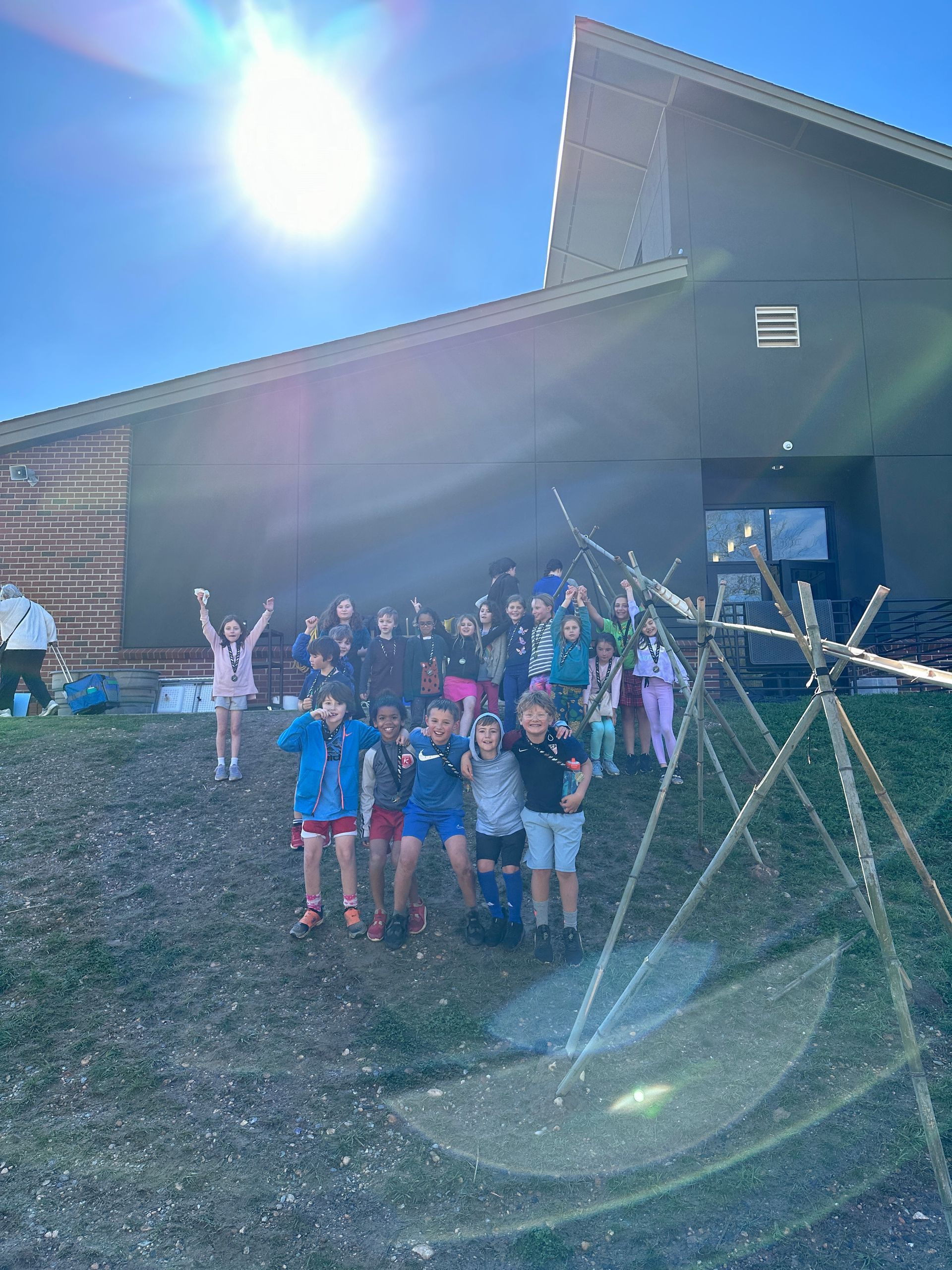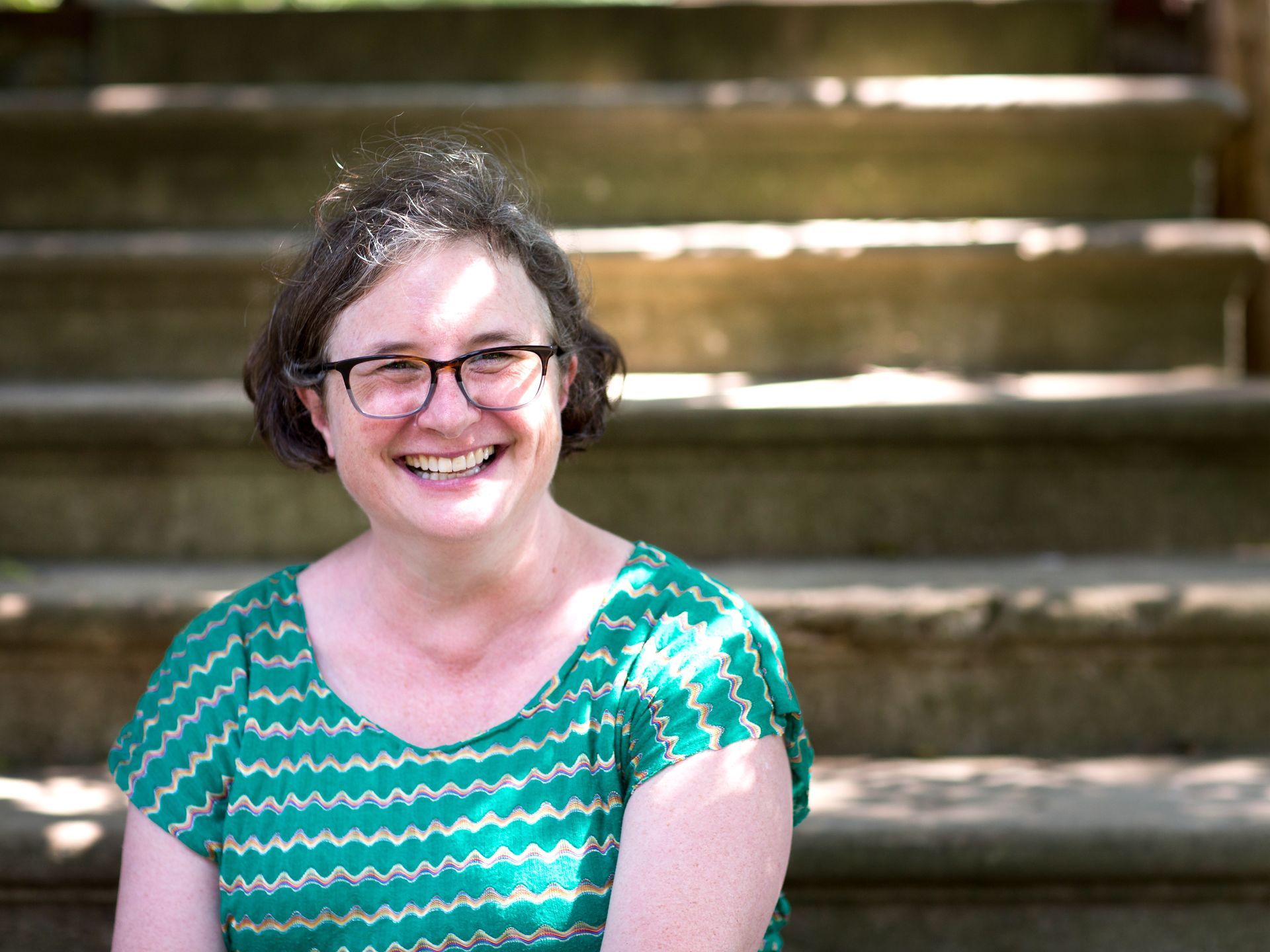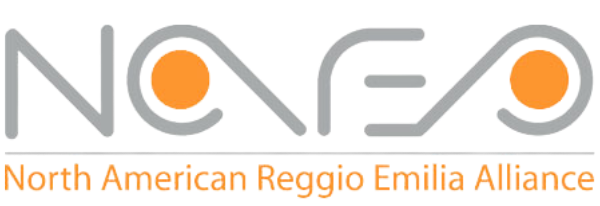There Must Always Be A Foundation: Listening, Mindfulness, “Turtleness,” and the Reflective Process, Part 5



Coming back from our winter break, we wondered how the children had processed their project work after so much time had passed. What would be their take-aways as they unpacked the experience together?
Every Friday afternoon at the end of our week, we discuss one of sixteen habits of mind as a launching pad for the students’ reflections on their individual and collaborative work. Sabot students are encouraged at an early age to more fully own their learning process through the identification, internalization, and utilization of problem solving skills that promote strategic reasoning, perseverance, empathy, wonder, and creativity. In introducing and cultivating these metacognitive skills, the children not only become more self-aware as learners, but also more cognizant of how their contributions impact the collaboration and intersubjective learning within a group.
Below are snapshots of the children’s insights into their project work, generated by our casual Friday discussions. Their elegant thoughtfulness powerfully reflects who they are, they way they work, what they are capable of, and how they see the world. Just as we follow the children’s ideas in their project work, their discussions about the umbrella listening project stand as testaments to the power of their process and their willingness to innovate through the languages of music, movement, and dance.

The third graders watching and reflecting upon their final turtle performance
How did you listen in your project work? What did you learn about listening?
- Elina: We listened to each other’s ideas so we could make progress and move forward.
- Leo: I used listening as a sword that you can sharpen with other powers, creating new powers.
- Sadie: It’s a powerful thing that you and me [can] use in our lives and it is a very good tool.
- Weston: To focus on what is happening.
- Elina: I learned that listening is more than talking in circle and listening to other people’s ideas. It’s communicating with your body.
- Nathan: When you are listening, you aren’t just hearing, but [also] reading [people’s] expressions.
- Henry: Like mindfulness, listening is a helpful tool, but also like mindfulness, it’s hard.
- Leo: It helps your brain focus, and that focus is important because focusing on what people say can help you find more power to gain knowledge.
- Henry: When I listened, I was more successful. Before I started listening like I do now, some work was harder for me.
How did you use mindfulness in your project work?
- Elina: We had to be mindful about our work and we had to focus and not be silly so we could get our work done.
- Harper: By concentrating on the energy in my body to help make it through the performance.
- Leo: I used mindfulness to help block my brain from distractions and pick up more knowledge to help me learn.
- Nathan: Before every project time, we did some mindfulness activities and during the turtle performance, I had to be mindful to be a shell to stay on [my partner’s] back.
- Miles: To calm ourselves down before the performance…to perform with pride and not nervousness.
- Brycen: At the beginning of the performance – when the hatchlings were in their corner – we had to stay calm and focused.
- Sadie: Mindfulness is so much more than I thought it was in the first place. It’s a useful tool to help focus.
- Harper: You can’t rush the energy inside you.
- Carlin: It’s like something inside us, cheering us on, but in a calm way.
- Elina: Being mindful is good. It will help you keep control and peaceful [but it] is not just being calm and peaceful. It’s is also being careful and kind and [being] a good friend.
- Luke: You can show mindfulness in [the] form of dance.
- Nathan: Mindfulness can look very different. It has lots of faces.
“When I was mindful…”
- Carter: …I concentrated and heard more.
- Sadie: …I thought about what I am going to do and how it will change the conversation – will it be a good change or a bad change?
- Leo: …I cleared my mind and made more space to collect important information.
- Henry: …I was better at focusing…but don’t go around thinking it’s easy, because it isn’t. Mindfulness is very helpful. If you can’t concentrate, try mindfulness.
Why is thinking about your thinking so hard? What are the challenges of reflecting on the learning behind your work?
- Sadie: One of the challenges is you have too many ideas for what you are doing and you only have this limited space.
- Nathan: For one, like Sadie said, sometimes you have a lot of ideas and a challenge is thinking about each little thing…your brain is divided into two main things: your strengths and your challenges. Each person’s strengths and challenges are different. You also have long-term memory and short-term memory. Most people think of short term memory as “I only remember things for a little bit,” but short-term memory is…things you know off the top of your head. Then long-term memory is down there and you have to look for it. You have to think about those things…[It’s] like a closet. The things you were just using you can just grab out at the top. The things you haven’t worn in like a month are super deep in there.
- Thomas: We’ve been doing [so much] in project…all the steps fit in their places. It’s not just like, “let’s learn about listening.” It happened in order [thinks about the process].
- Brycen: Like Nathan said [in an earlier conversation], “the sky’s the limit” [in terms of learning something new]. You said we could go in any direction. If we start with turtles, we didn’t know where it would go…you could eventually learn all about turtles…
- Miles: There will be more surprises…
- Brycen: Maybe the sky isn’t the limit for turtle learning. There is the possibility that there can be more to learn, more discoveries.
- Sadie: We imagined how we were going to put all of our ideas together. We imagined, in real life, what will this change about what we already have? We imagined what would be better and what wouldn’t work.
- Thomas: We had movements together through the dance. We had the groups’ movements and we put them together. We had to find something like a plan. Once we had that plan, we noticed that we could change it.
- Henry: Innovation..is like completely new. Innovation is a change.
- Nathan: An invention…a mix between creating and imagining.
- Elina: We were innovating on our dance, by tweaking it.
What did music and dance teach you about mindfulness and listening?
- Evan: When I moved my body slow, it helped me feel mindfulness and listening.
- Isabelle: The music took me into the flow of the performance.
- Sadie: Slow dance can be way more calming than zen music, and doing dance is so amazing. When you dance, you can express yourself in ways other things can’t [ sic ]. It’s like the sky is the limit, and the third grade’s turtle performance was all kinds of this.
- Henry: If you listen harder than you regular[ly do], you can notice things that you didn’t before. Music can help you with that. Say in a song…at first you only hear a couple of instruments, but if you listen closer, you can hear more instruments than you did the first time.
- Miles: We carried [mindfulness and listening] with us. Play it slow. Slow and steady wins the race. Keep calm before performing.
- Nathan: Mindfulness made it easier to stay on [my partner’s] back. I needed to listen to the music to get the [performance] cues. Music and dance are languages of mindfulness. [They] take a lot of focus and self-control.
- Leo: Mindfulness helped me clear my mind so I’m free from all distractions, making room for listening’s power to help find every [music cue], causing me to pass out the knowledge. I want my viewers to see and understand my movements. If you combine their powers [mindfulness and listening] they will help your body know each and every tune and have the pattern, letting the music carry your body, creating a whole new knowledge. Performances are not just a way of entertainment, but they can help spread powerful knowledge to the people who need that knowledge, to discover hidden secrets that the earth needs to create happiness for every living thing on the earth.
SHARE THIS POST
